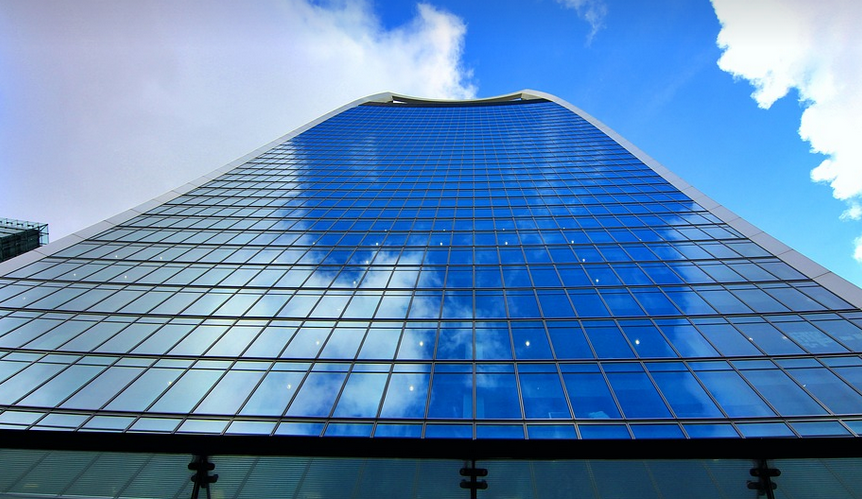Understanding the Power of a Steep Roof
A roof’s pitch is often a silent hero behind its design, playing a crucial role in everything from construction to aesthetics. For those passionate about architecture and construction, the term “12/12” might sound like something straight out of a technical manual for a professional contractor or architect. But what exactly does this mean? Well, it’s all about the roof’s angle – a 12/12 pitch means the roof rises twelve inches for every one foot of horizontal distance. Imagine a right triangle: The longer side is the base (one foot), and the shorter side is the height (twelve inches). This might seem like just an abstract concept, but it plays a significant role in creating a sturdy yet elegant structure. A 12/12 pitch has been used for centuries in buildings, especially those with strong foundations. It’s because of how much steeper this pitch becomes compared to a standard 4/12 roof that it allows for more natural airflow and ventilation within the building itself.
The Visual Appeal of 12/12 Roof Pitch
The visual impact of a 12/12 roof pitch is undeniable. It’s like nature’s own blueprint, creating a dramatic, almost cathedral-like silhouette when seen from above. Imagine standing in front of a house with this kind of roof. You might be taken aback by its impressive stature and elegance. It’s a sight to behold, especially at dusk or dawn when the sunlight throws long shadows across the roof tiles. But it isn’t just about aesthetics; this angle adds character and visual interest to any home’s exterior. The 12/12 pitch lends itself well to various architectural styles, from modern and sleek homes that incorporate clean lines to traditional designs with their distinctive gables. It creates a sense of balance and harmony between the building’s structure and its surroundings.
A Closer Look at Different Designs
Now, it’s time to dive deeper into some specific examples. Imagine a 12/12 roof pitch on a farmhouse in the countryside. The slanted shape gives the roof that classic barn-like feel. It allows for proper water run-off and wind resistance, which are vital components of any sturdy structure. On the other hand, in an ultra-modern skyscraper, the sleek lines of a 12/12 pitch roof create a sense of grandeur and strength. There’s also the possibility of combining different styles to achieve unique results. For example, you might have a classic gable roof with a 12/12 pitch for the upper sections and a more traditional 4/12 pitch for the lower section. This creates a visual variety that adds depth and dimension to your building’s overall design.
The Practical Advantages of 12/12 Roof Pitch
The practical benefits go beyond aesthetics; here are some noteworthy advantages: * **Enhanced Ventilation:** A 12/12 pitch allows for maximum airflow, which means more efficient ventilation. This is especially beneficial in warmer climates where natural air circulation helps keep the house cool and comfortable. * **Natural Light:** The sloping design of a 12/12 roof creates more natural light within the space. As sunlight hits the building at different angles throughout the day, it bounces off the roof’s surface, creating a naturally illuminated interior. ## A Note on Building Codes and Permits Before embarking on any project involving roof construction, always consult local building codes and regulations to confirm compliance with applicable standards. Remember, safety should be your top priority, and professional assistance while planning your projects will ensure everything is done safely and correctly.
It’s interesting to note that a lot of people are exploring the idea of sustainable living. A 12/12 pitch roof can play a significant role in this trend as well! It allows for rainwater harvesting and solar power generation, two elements essential to achieving energy efficiency.
**Remember:** This is just a snapshot into the world of 12/12 roof pitches. The beauty lies in the individual choice and how it integrates with the homeowner’s life.
